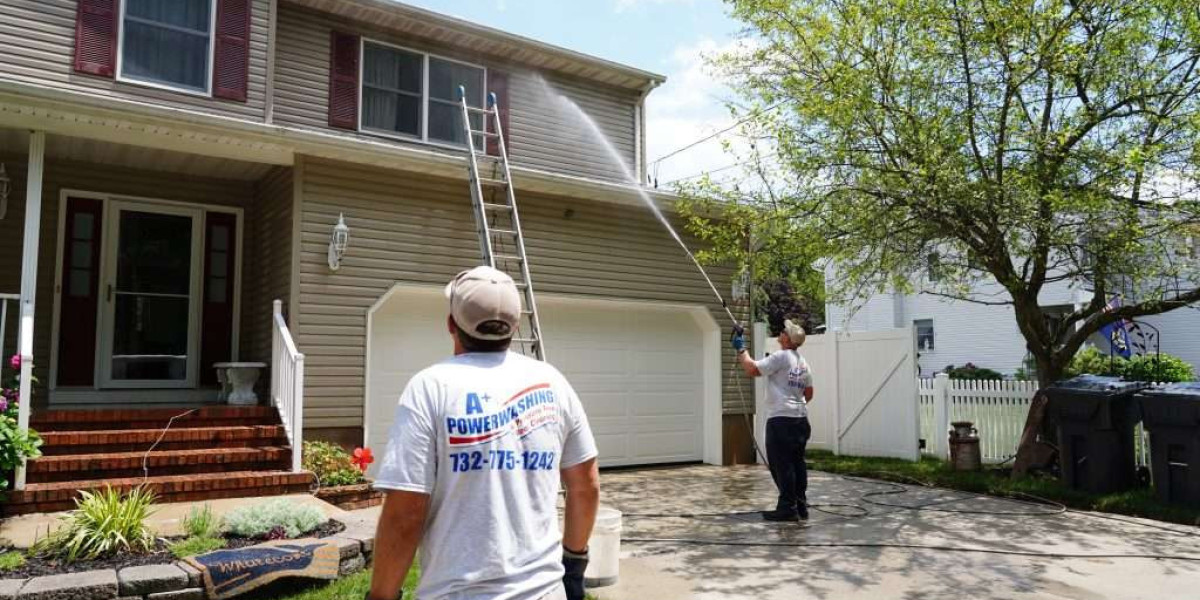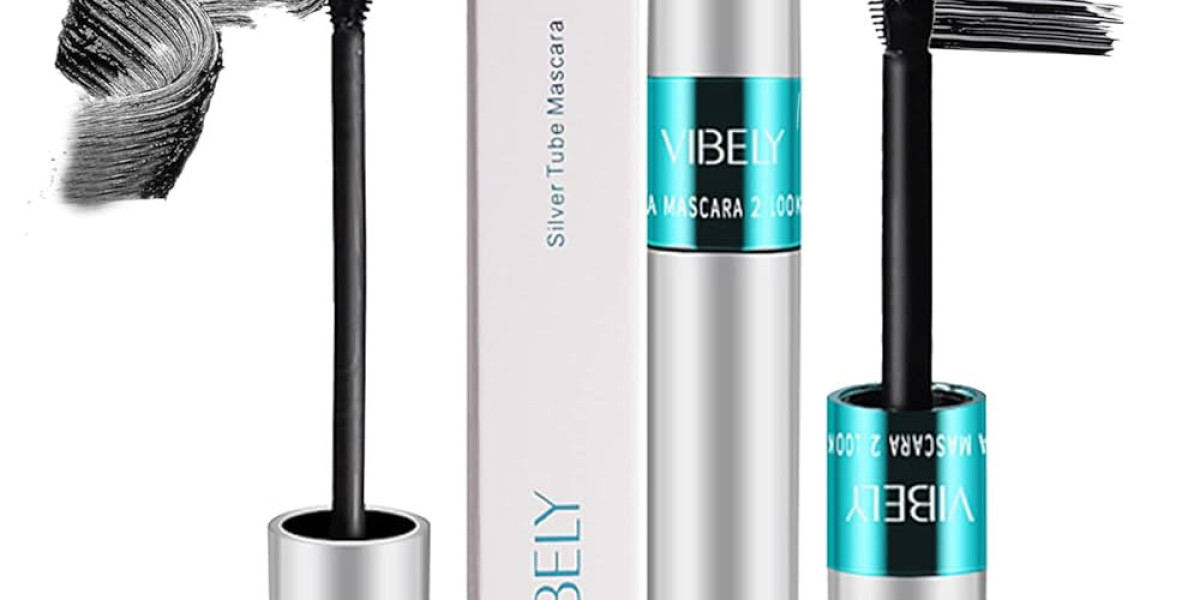Keeping your home’s exterior clean and well-maintained isn’t just about aesthetics—it’s about protecting your investment. Residential pressure washing is one of the most effective, affordable, and eco-friendly ways to remove dirt, mold, mildew, algae, and stains from a variety of exterior surfaces. Whether you want to enhance curb appeal, prevent costly repairs, or prepare for painting, pressure washing offers multiple benefits.
In this guide, we’ll explore everything you need to know about residential pressure washing, from the benefits and process to the surfaces it can clean and safety tips.
What is Residential Pressure Washing?
Residential pressure washing is a cleaning process that uses a high-pressure stream of water to remove dirt, grime, and contaminants from the exterior surfaces of your home. It can be done using a gas-powered or electric pressure washer, and the pressure can be adjusted depending on the surface being cleaned.
Pressure washing is different from power washing—while the two terms are often used interchangeably, power washing uses heated water, which is more effective for stubborn grease and grime. Residential pressure washing typically uses unheated water and is suitable for most household cleaning tasks.
Benefits of Residential Pressure Washing
Enhances Curb Appeal
A clean exterior makes your home look fresh, inviting, and well-maintained. Pressure washing instantly removes stains and dirt that can make your property look aged.Prevents Damage
Mold, mildew, algae, and dirt buildup can cause structural damage to siding, decks, and roofs over time. Pressure washing removes these harmful elements before they can cause costly repairs.Increases Property Value
A clean exterior can boost your property’s resale value by improving its overall appearance and making it more attractive to buyers.Prepares Surfaces for Painting or Staining
If you’re planning to repaint or stain your deck, fence, or siding, pressure washing ensures that the surface is clean and smooth, helping the paint or stain adhere better.Promotes a Healthier Environment
Removing mold, mildew, pollen, and allergens from exterior surfaces can improve air quality around your home, especially for those with allergies.
Surfaces That Can Be Pressure Washed
Residential pressure washing can be used on a variety of surfaces, including:
Siding – Vinyl, brick, stucco, and wood siding
Driveways & Walkways – Concrete, pavers, and stone
Decks & Patios – Wood, composite, and stone surfaces
Fences – Wood, vinyl, or metal fencing
Roofs – Special low-pressure (soft wash) methods for shingles and tiles
Garage Floors – Oil, dirt, and grime removal
Outdoor Furniture – Plastic, wood, and metal pieces
The Residential Pressure Washing Process
Inspection & Preparation
Before pressure washing, inspect surfaces for cracks, peeling paint, or loose materials. Move outdoor furniture, cover plants, and close windows to protect them from overspray.Selecting the Right Pressure & Nozzle
Different surfaces require different pressure levels. For example, concrete may need 3,000+ PSI, while wood siding requires much lower pressure to prevent damage.Applying Detergent (If Needed)
For stubborn stains, mold, or algae, a safe cleaning solution may be applied before rinsing.Pressure Washing
Use a consistent sweeping motion, keeping the nozzle at a safe distance from the surface to avoid damage.Rinsing & Final Inspection
After cleaning, rinse thoroughly to remove any leftover detergent or debris, and check for any missed spots.
Safety Tips for Residential Pressure Washing
Always wear protective gear like gloves, safety goggles, and closed-toe shoes.
Avoid spraying electrical outlets, vents, and delicate surfaces.
Use lower pressure for wood, glass, and painted surfaces.
Test a small area before cleaning the entire surface.
If unsure, hire a professional residential pressure washing service to ensure safety and quality results.
DIY vs. Professional Residential Pressure Washing
While DIY pressure washing can be cost-effective, it comes with risks—using too much pressure can damage siding, strip paint, or etch concrete. Professional pressure washing companies have the right equipment, experience, and cleaning solutions to get the job done efficiently and safely.
Reasons to Hire a Professional:
Expertise in handling different surfaces
Access to industrial-grade equipment
Eco-friendly cleaning solutions
Time-saving and convenient
How Often Should You Pressure Wash Your Home?
For most homes, once a year is enough to keep the exterior clean. However, homes in humid climates, near the ocean, or in areas with heavy pollen may require pressure washing twice a year to prevent algae and mold growth.
Eco-Friendly Residential Pressure Washing
Many modern pressure washing services use biodegradable detergents and water-efficient equipment to minimize environmental impact. Collecting and properly disposing of wastewater also prevents harmful chemicals from entering storm drains.
Final Thoughts
Residential pressure washing is a simple yet powerful way to protect your home’s value, enhance its appearance, and maintain a healthy living environment. Whether you choose to DIY or hire a professional, regular exterior cleaning will save you money in the long run by preventing damage and extending the life of your home’s surfaces.







